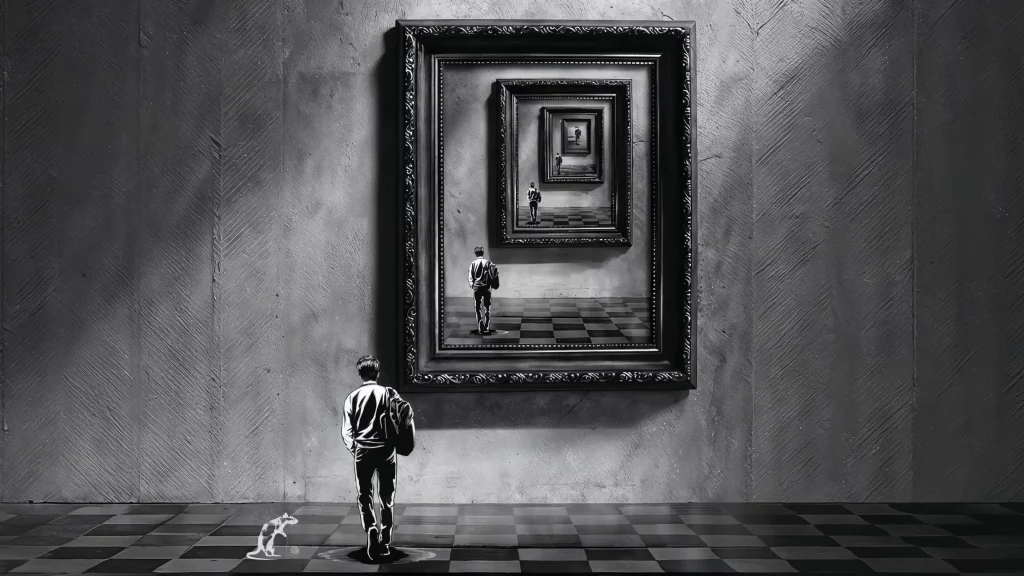Justice in the Junkyard? The Decay of Pakistan’s Lower Courts
On any given day, the corridors of Pakistan’s lower courts echo with the shuffle of feet, the murmur of cases, and the weight of thousands seeking justice. These are the frontlines of the legal system, where the vast majority of citizens first encounter the law. But for many, the experience feels less like a legal proceeding and more like being thrown into a bureaucratic junkyard—crumbling infrastructure, suffocating crowds, and a stench that clings to both the body and the soul.
Where Justice Goes to Decay
From Karachi to Lahore, lower courts are notorious not just for backlog and inefficiency, but for the physical rot that defines them. Walls are plastered with fading advertisements for “guaranteed bail” or “cheap legal help.” Plastic cups and cigarette butts line the halls. Files are stacked haphazardly, often bound by strings or rubber bands, as if the very paper trail of justice could collapse at any moment.
But the real decay runs deeper. As one client asked a lawyer in Lahore Sessions Court, “Wakeel saab, how can a common, law-abiding man who’s been wrongfully accused trust that he’ll get justice in a place so filthy?” The filth here is metaphorical and literal—a symbol of a justice system that seems to have forgotten the very people it was meant to serve.
The Disconnect Between Appearance and Promise
Pakistan’s Constitution promises justice, fairness, and dignity. But a litigant walking into a lower court sees a different reality: chaos instead of order, bribery instead of transparency, and despair instead of hope. The disconnect is stark. We speak of “access to justice,” yet the very architecture of our courts screams exclusion. There are no waiting areas for women, no clean toilets, no ramps for the elderly or disabled.
Instead, there’s just heat, grime, and fatigue. Lawyers hustle from one room to another while clients – some accused, some grieving, some simply confused – sit on broken benches, or worse, on the floor.
Islamic Ethics vs Institutional Apathy
In a country that touts its commitment to Islamic values, the contradiction is glaring. Cleanliness is supposed to be “half of faith,” yet the courts resemble trash heaps. If faith and justice are to go hand in hand, what does it mean when the very institutions of justice are caked in filth, corruption, and neglect?
This isn’t just about janitorial services. The grime reflects a deeper moral abandonment. When the space itself feels hostile, inaccessible, and unworthy, how can those within it feel respected?
System Failure, Not Just Cosmetic Flaws
The legal fraternity itself isn’t blameless. Years of unchecked privilege, political alignments, and internal corruption have hollowed the bar councils. Meanwhile, the government views court reform as a PR issue, not a foundational need. Infrastructure budgets go to flashy projects, not courtrooms. Training programs focus on elite judges, not clerks or assistants who handle the bulk of daily operations.
The rot isn’t on the surface – it’s structural.
Reimagining Courts as Public Trust Spaces
If hospitals must be clean to heal, then courts must be dignified to deliver justice. A court should not feel like a place where you get punished before trial. It should be a space where your voice is heard, your dignity upheld, and your presence acknowledged.
Imagine a courtroom where:
- Case lists are digital and transparent.
- Waiting rooms are air-conditioned and respectful.
- Women feel safe, and the disabled feel welcome.
- Legal aid desks are real, not performative.
It’s not utopian. It’s necessary.
Why This Matters Now
In times when the rule of law is constantly under threat—from military overreach to political theatre—restoring faith in the judiciary is not just about verdicts. It’s about perception. If lower courts remain spaces of decay, the message is clear: the system is only for those who can afford to avoid it.
The working class, daily-wagers, domestic workers, and young men wrongfully accused—they are not just clients of the court. They are its heartbeat. Their belief in justice is what keeps the system legitimate.
Lose that, and we’re not just dealing with dirty walls. We’re dealing with a democracy that no longer functions.
Written by BanksyThreads. Based on firsthand accounts and courtroom visits. If you’ve experienced or witnessed the state of our courts, share your story. It’s time to reclaim justice from the junkyard.



